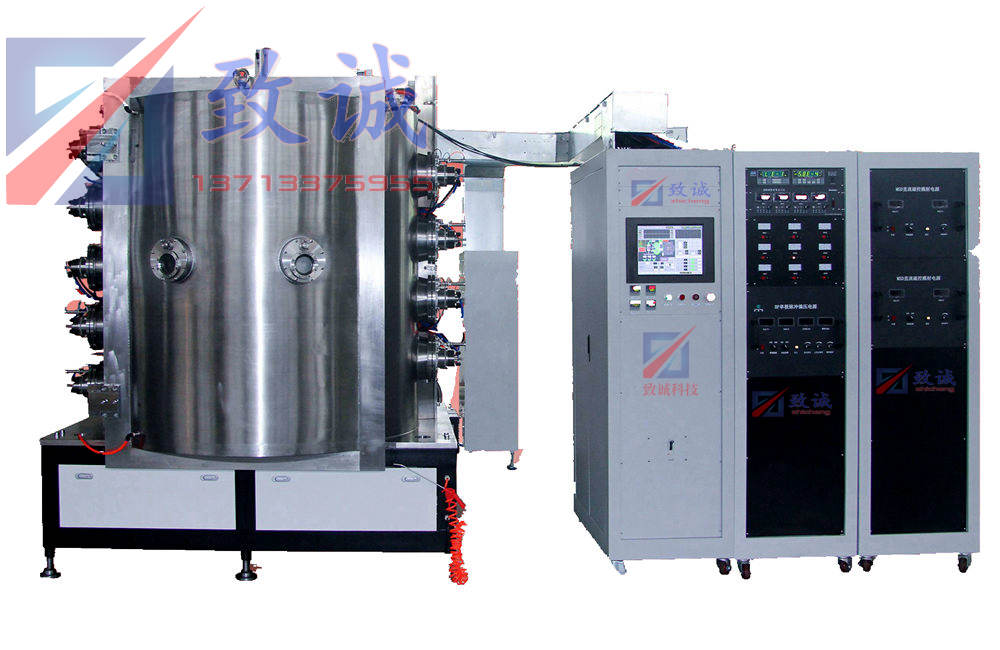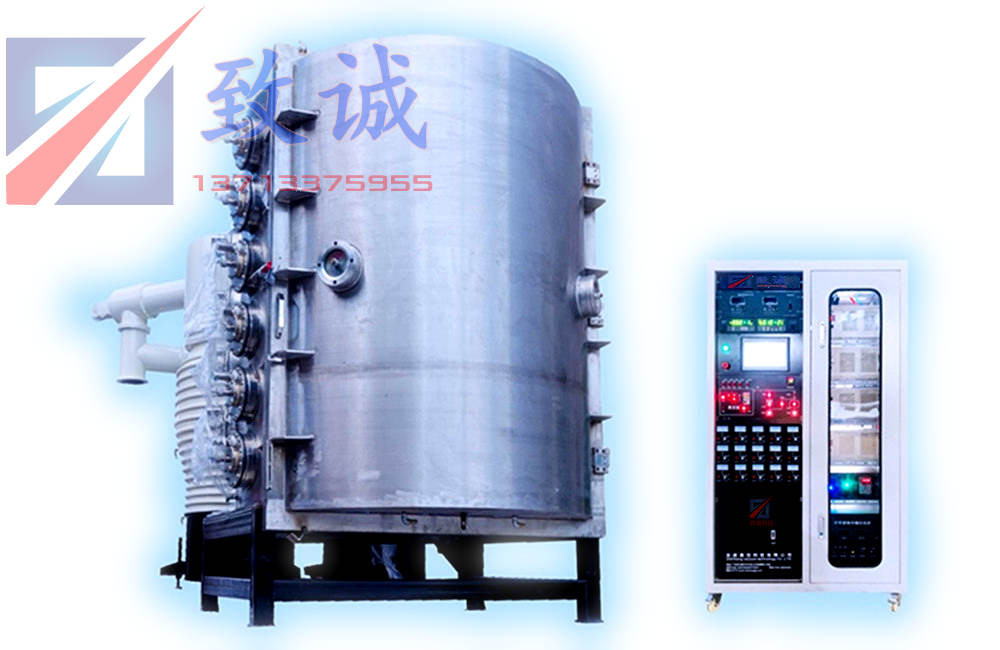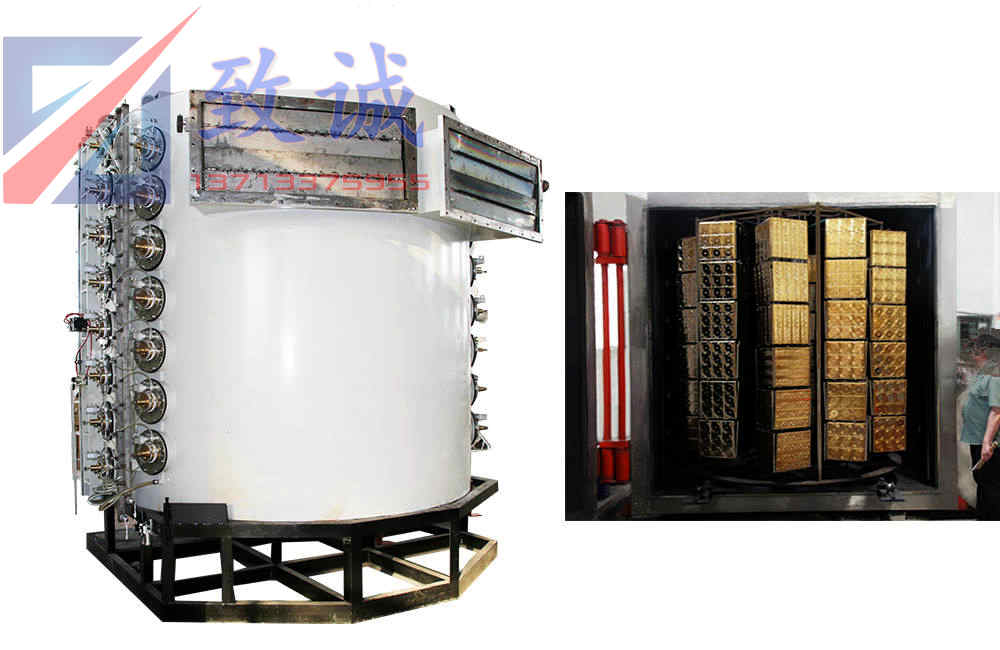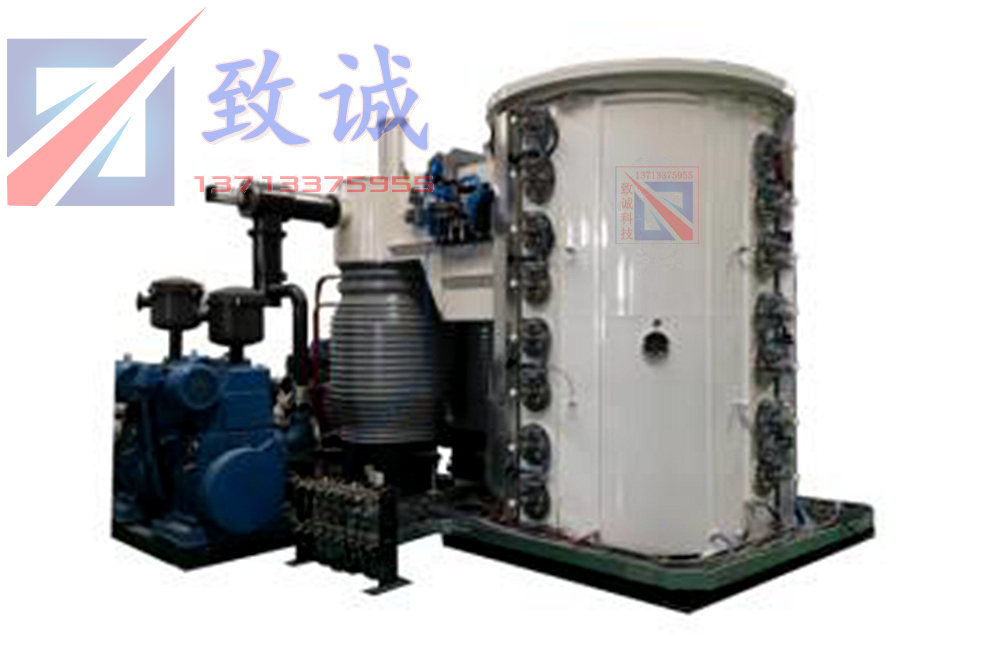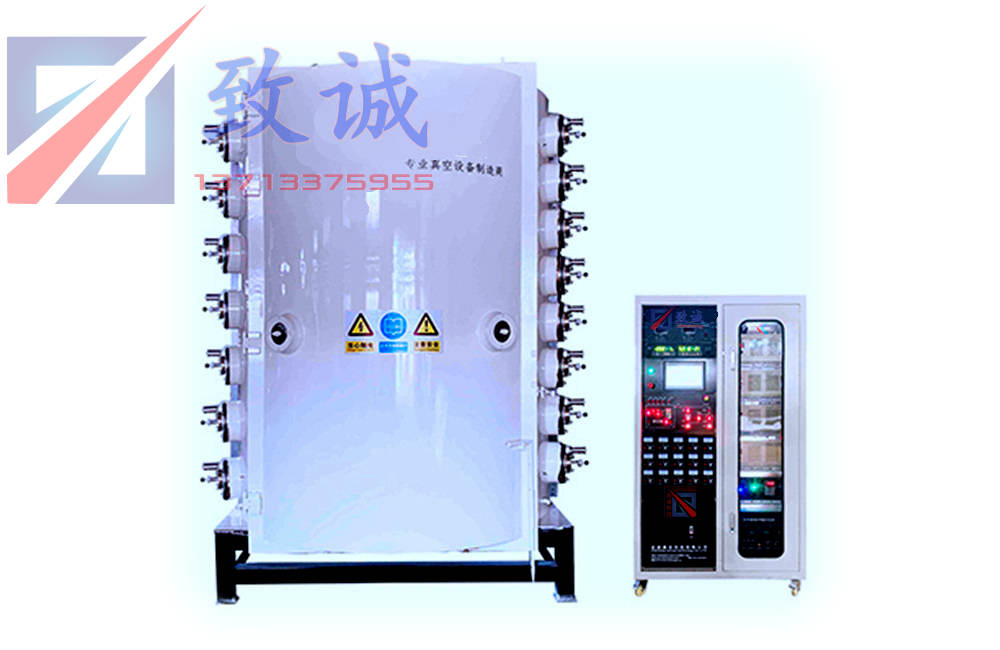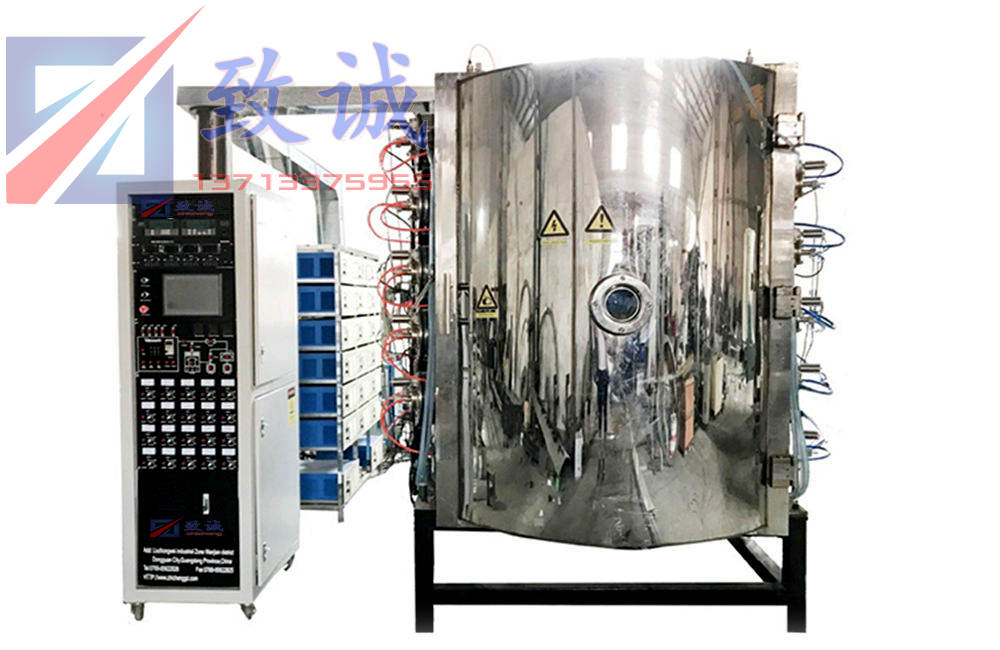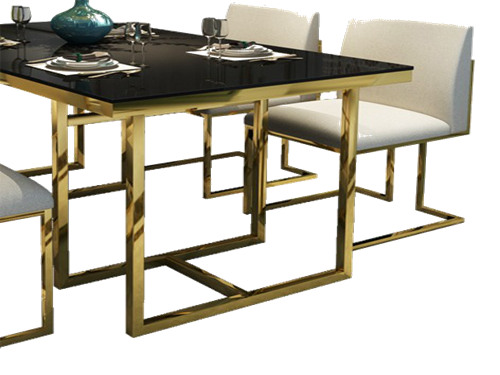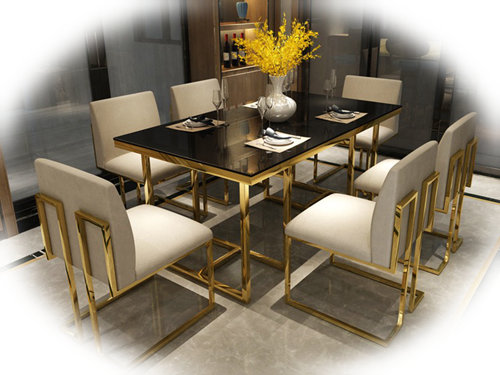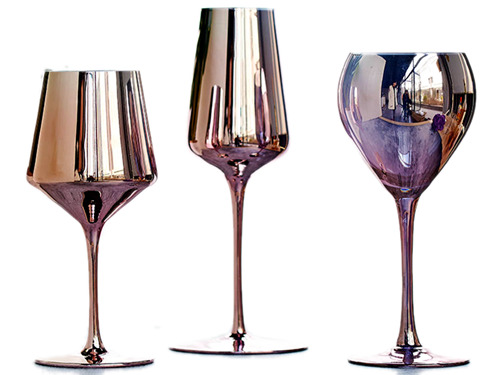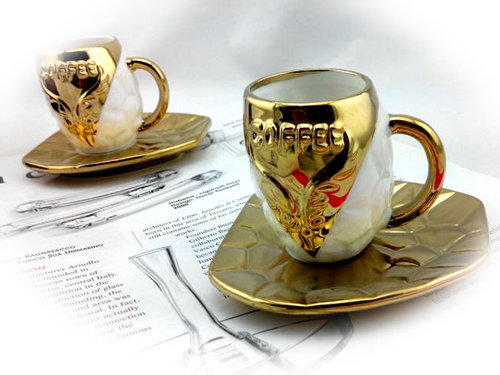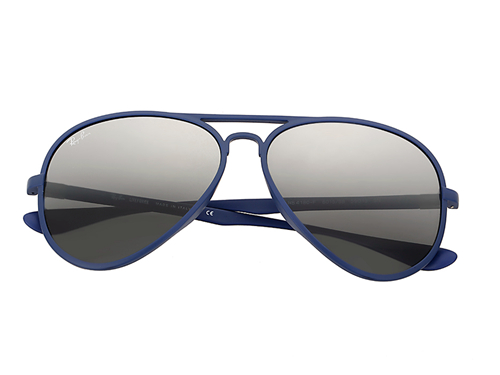news
The biggest difference between the color film layer and the conventional color film layer is the C value and H value, so it can be said that black is also a color film layer.
Zirconium + nitrogen: yellow-green to golden yellow
Zirconium + methane: dark light black
Zirconium + oxygen: white, transparent film
Zirconium + nitrogen + methane: gold, imitation rose gold
Chromium + methane: dark light black
Chromium + Nitrogen: light black
Chromium + nitrogen + methane: silver gray
Chromium + oxygen: light yellow, purple, green
SUS+Oxygen: Purple
SUS + nitrogen: blue
SUS+methane: bright black
SUS+methane+nitrogen: blue-black
Silicon + Nitrogen: Black
Silicon + oxygen: cloudy white, transparent film
Silicon + methane: yellow, green, blue, black (only black can be adjusted if the target purity is higher than 99%)
Titanium + Oxygen: The optical film is colorful and cut, and you can understand it without much introduction.
Titanium + methane: deep and light black (DLC preparation cannot meet the standard)
Titanium + nitrogen: Imitation gold, brass, purple, red
Titanium + nitrogen + methane: imitation rose gold, black green, vintage yellow, brown, purple
Tungsten + nitrogen: brownish yellow
Tungsten + methane: deep and light black
Tungsten + oxygen: purple, bright yellow, brown, blue
The above are only common materials for decorative films and their common gases. Usually, methane and acetylene can be used interchangeably, but methane is better for some colors.
In addition to the above commonly used materials, metal targets also include nickel, aluminum, tantalum, hafnium, manganese, copper, zinc, indium, tin, etc., which are all used in coating. Multi-quality targets such as titanium-aluminum, chromium-aluminum, titanium-zirconium, copper-manganese, nickel-chromium, silicon-aluminum, vanadium-rhenium, tungsten-molybdenum, etc.
